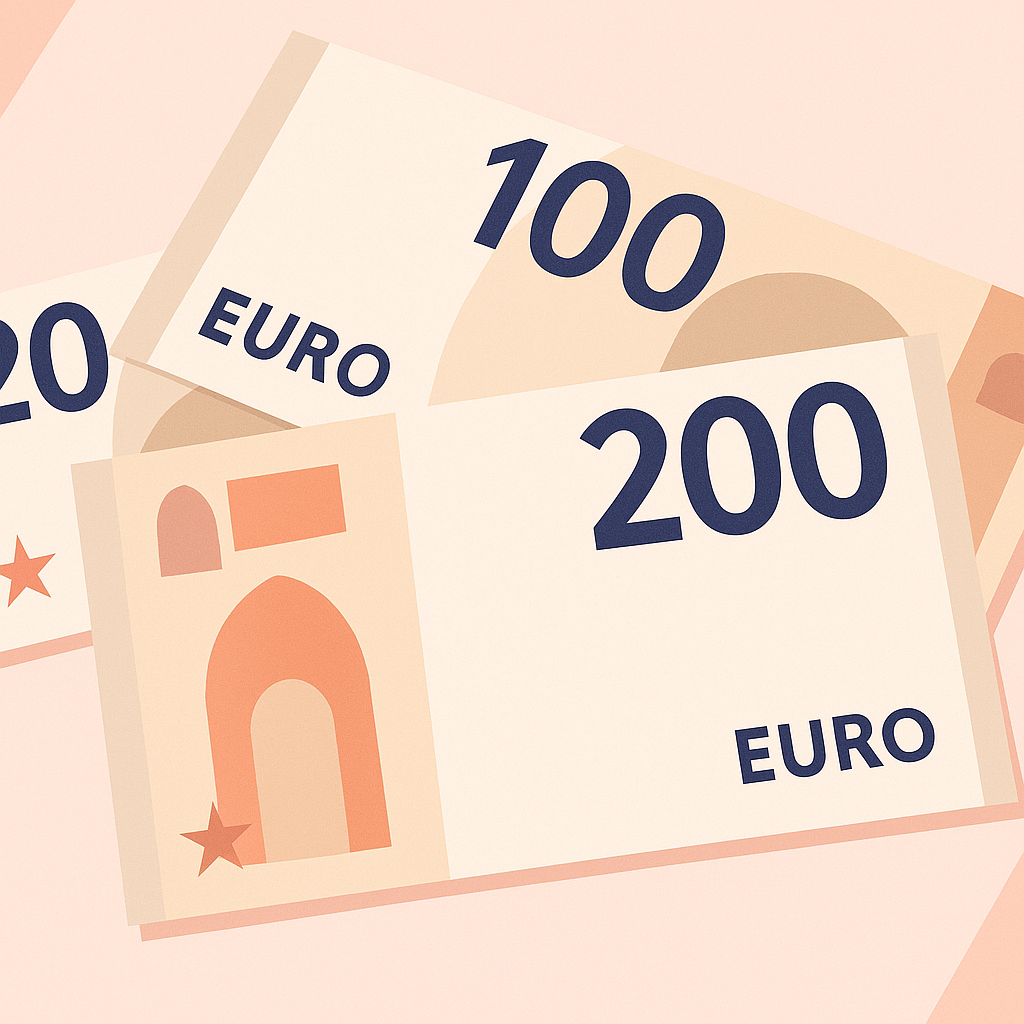What Gives Money Its Value, Really?
Money gets its value not from what it is made of, but from the trust people place in it and the systems that uphold that trust. Whether it's gold coins or paper bills, value is ultimately a social agreement backed by institutional credibility, scarcity and utility.
Excuse me, what?
Yes, you heard that right. The piece of paper (it’s actually a cotton mix or made of polymers which is - well - plastic) in your wallet has zero value actually. But let’s unpack that a little bit.
Historical Context
Throughout history, money has taken many forms - salt, shells, cattle, gold, silver and finally, well, paper. Its value was once defined by its scarcity. But over time, societies transitioned to representative money - paper notes backed by precious metals - and eventually to fiat money, which has absolutely no intrinsic value or scarcity, but is declared legal tender by governments.
Key milestones
3000 BCE: Sumerians used grain and silver weights as units of account.
7th century BCE: First gold and silver coins minted in Lydia (modern-day Turkey).
1661: The Riksbank of Sweden issues the first modern banknotes (and learned its lesson about inflation).
1944: Bretton Woods system pegs currencies to the U.S. dollar, which is tied to gold.
1971: Nixon ends gold convertibility of the U.S. dollar, ushering in the fiat era.
In every era, money retained value only because people trusted that others would accept it in return for goods and services.
The Deeper Truth
The true foundation of money’s value lies in collective belief and institutional support, not “intrinsic value”. In the fiat system we live under today, money is valuable because:
Governments declare it legal tender.
Central banks limit its supply (in theory, actually they are constantly printing more).
Tax obligations must be paid in it.
Markets accept and use it as a standard of exchange.
Incentives drive this system:
Governments want control over monetary policy to manage economies.
Banks profit from credit expansion.
Citizens comply because they trust (or are forced to trust) the system.
But belief can be fragile. If enough people lose confidence in a currency - due to hyperinflation, political instability, or financial crisis - its value can collapse overnight. Money, then, is not a fixed truth. It's a moving story we collectively agree to keep telling.
Common Misunderstandings
“Money has value because it's backed by gold.”
No longer true. Since the United States depegged the dollar from gold in 1971, most world currencies are not backed by anything tangible.
“Money has intrinsic value.”
Not in modern systems. A €100 bill costs less than €0.10 to print. Its power comes from legal and social enforcement.
“Bitcoin isn’t real money because it’s not backed by anything.”
Ironically, neither is the US dollar. The key difference is who people choose to trust: governments or code and those who maintain it.
Real-World Examples
🇿🇼 Zimbabwe (2000s)
Excessive money printing without productive output led to hyperinflation. At its peak, a loaf of bread cost 10 billion Zimbabwean dollars. The currency was abandoned.
🇻🇪 Venezuela (2010s – 2020s)
A loss of faith in government institutions, combined with oil dependency and political crisis, destroyed the bolivar’s value. Citizens turned to US dollars and crypto for daily transactions.
🇺🇸 United States (2020 – 2022)
In response to the pandemic, the US printed more money than ever before. While this helped short-term liquidity, it led to the highest inflation in 40 years, reminding people that value is fragile - even in strong economies.
Why This Matters for Women
Understanding what gives money its value is the first step toward financial agency.
Women have historically been excluded from economic power in many parts of the world. Many of us were taught to save, not invest; to budget, not build wealth; to get a “safe job”, not risk anything. But the truth is: money is not neutral - it's a reflection of who holds power and who writes the rules.
By learning how money works, you learn how to position yourself to benefit from its flow rather than being exploited by its instability. Whether you're earning in fiat, saving in Bitcoin, or investing in gold or ETFs, knowing where value actually comes from lets you protect yourself, grow wealth, and walk away from systems that no longer serve you.
Key Terms Defined
Fiat Money: Currency that has no intrinsic value and is not backed by physical commodities. Its value comes from government decree.
Gold Standard: A monetary system where paper money is directly tied to a fixed quantity of gold. The US dollar was e.g. worth 1/20 of an ounce of gold in 1934.
Inflation: the sustained decrease in the purchasing power of money, typically reflected in a general rise in the prices of goods and services across an economy over time, often caused i.a. by an increased money supply.
Legal Tender: Money that must be accepted if offered in payment of a debt.
Hyperinflation: Extremely rapid and out-of-control inflation, usually over 50% per month.
If that’s interesting…
If you’d like to go deeper, sign up for the waitlist to my course “Mystery Money” - where we bridge exactly that gap between deep knowledge, safety and action. Learn more or sign up.
Further Reading
Article: 1661 - First banknotes in Europe by the Riksbank of Sweden
Article: What Is Fiat Currency? by Investopedia – a primer on non-backed currencies.
Article: How money is made by The US Bureau of Engraving and Printing

